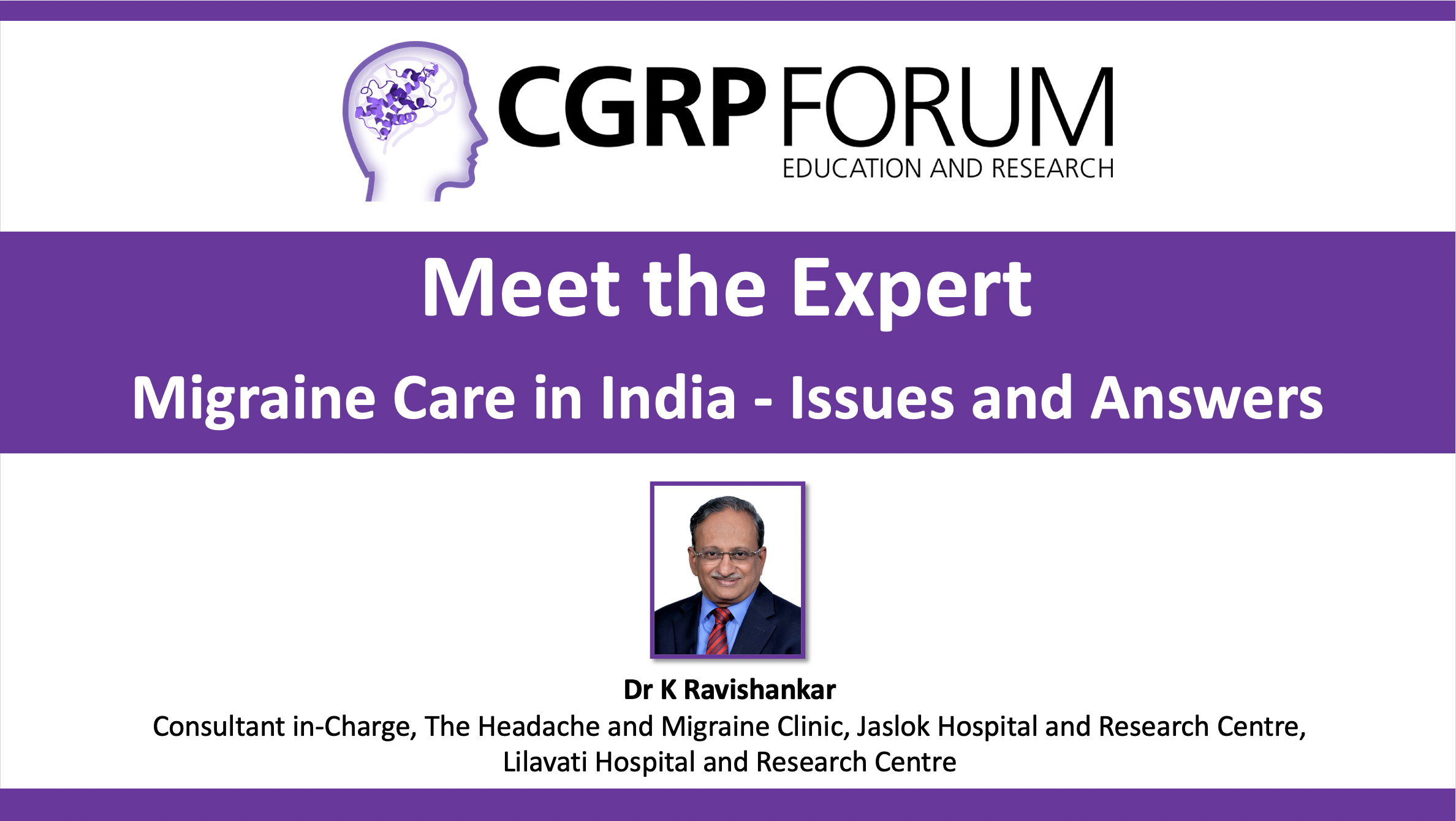Dr K Ravishankar discusses the need to educate patients about migraine so they understand the aims of treatment, and he stresses the importance of treating the disease, not just the attack.
 This educational activity is supported by an educational grant from H. Lundbeck A/S, who has had no influence on or input into the development or the performance of the educational activity.
This educational activity is supported by an educational grant from H. Lundbeck A/S, who has had no influence on or input into the development or the performance of the educational activity.







